The Unmatched Legacy of the Classic Shelby Mustangs

The Shelby Mustang Story: Classic Icons of Speed and Power
Brief history of Shelby Mustangs

The story of Shelby Mustangs began in the 1960s when American automotive designer and racing driver Carroll Shelby teamed up with Ford Motor Company to create a high-performance version of the already popular Ford Mustang. The collaboration resulted in the birth of the Shelby GT350 in 1965, which quickly gained notoriety for its power, performance, and distinctive styling. As the years went on, Shelby continued to refine and expand the Mustang lineup, introducing the legendary GT500 in 1967. Though the original Shelby-Ford partnership ended in 1970, the legacy of the Shelby Mustang lived on, inspiring future generations of high-performance Mustangs.
Importance of Shelby Mustangs in American car culture
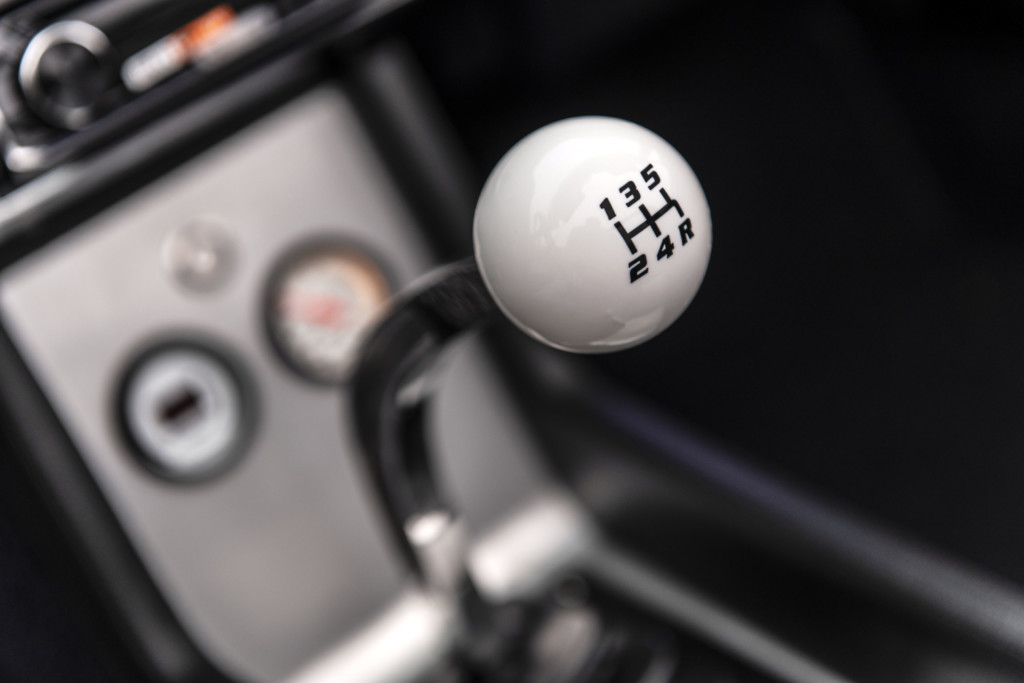
Shelby Mustangs hold a special place in American car culture, representing a golden era of automotive design and performance. These iconic muscle cars not only solidified the Mustang as a symbol of American power and ingenuity, but they also played a pivotal role in shaping the muscle car landscape. With their unique styling, powerful engines, and impressive racing success, Shelby Mustangs became a benchmark for performance vehicles in the United States and around the world. They have had a lasting influence on the industry, inspiring countless automotive enthusiasts and collectors to this day.
The timeless appeal of these classic muscle cars
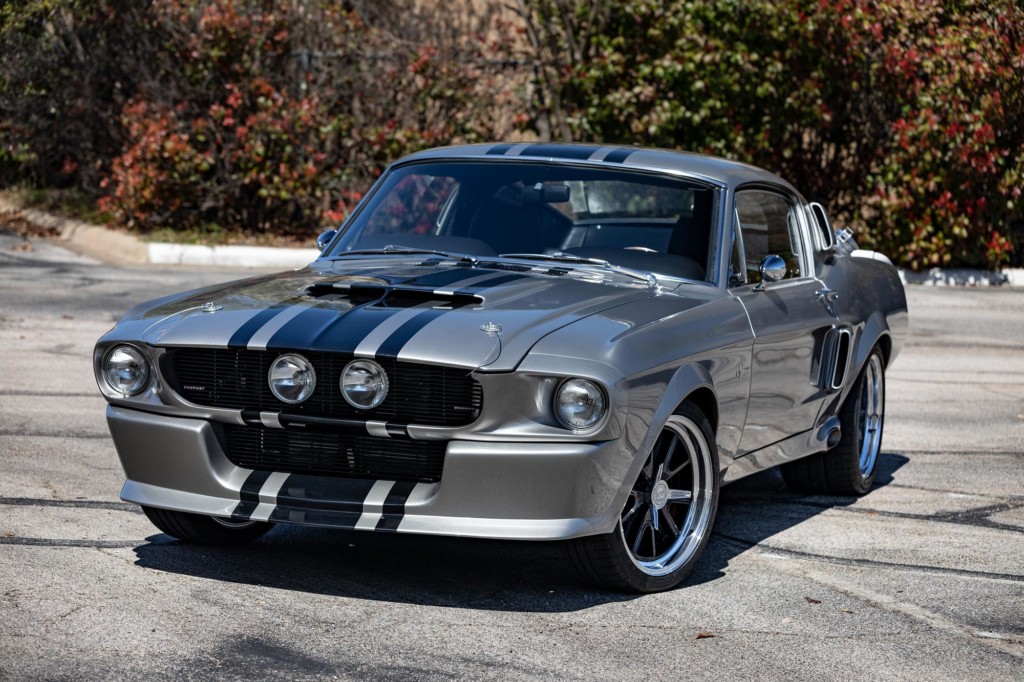
The appeal of classic Shelby Mustangs is truly timeless. These cars embody a perfect blend of beauty, power, and performance that continues to captivate enthusiasts more than half a century after their introduction. The distinctive design elements of Shelby Mustangs, such as the elongated front end, racing stripes, and aggressive stance, have become synonymous with American muscle cars. Moreover, their impressive performance capabilities and racing pedigree make them highly sought-after collectibles. The enduring popularity of classic Shelby Mustangs is a testament to their exceptional design, engineering, and the indelible mark they have left on American automotive history.
The Beginning: The Shelby GT350 (1965-1966)

Carroll Shelby’s vision and collaboration with Ford
In the early 1960s, Carroll Shelby had already made a name for himself in the world of automotive racing and design. His collaboration with Ford began when the company approached him with the task of creating a high-performance Mustang that could compete with Chevrolet’s Corvette on both the road and the racetrack. Shelby’s vision was to transform the Mustang from a stylish, well-equipped cruiser into a lean, powerful machine built for performance. He took on the challenge and, in just a few months, the first Shelby GT350 prototype rolled out of Shelby American’s facility in Venice, California.
Key features and specifications of the GT350
The Shelby GT350 was an impressive feat of engineering, taking the standard Ford Mustang and significantly enhancing its performance capabilities. At the heart of the GT350 was a modified version of Ford’s 289-cubic-inch V8 engine, which produced 306 horsepower and 329 lb-ft of torque. The GT350 also featured a variety of performance upgrades, including a high-rise intake manifold, Holley four-barrel carburetor, and a free-flowing exhaust system.
In addition to the mechanical enhancements, the GT350 stood out visually with its distinctive appearance. The car featured a fiberglass hood with a functional air scoop, side-exit exhaust pipes, and the iconic racing stripes running along the length of the vehicle. The interior was stripped down to save weight, with rear seats replaced by a fiberglass panel and a spare tire, while a wooden-rimmed steering wheel and a set of competition seat belts added to the race-ready feel.
Racing success and impact on the Mustang brand
The Shelby GT350 quickly proved its worth on the racetrack, dominating the Sports Car Club of America (SCCA) B-Production racing class in 1965 and 1966. Its success helped to cement the Mustang’s reputation as a formidable performance car and boosted Ford’s overall image as a producer of high-performance vehicles.
The GT350’s racing triumphs and striking appearance caught the attention of the public, contributing to the growing popularity of the Mustang brand. This enthusiasm carried over to Ford’s regular Mustang models, which continued to sell in record numbers. The introduction of the GT350 marked the beginning of a storied relationship between Shelby and Ford, paving the way for future collaborations and a lasting legacy in the world of American muscle cars.
The Legendary Shelby GT500 (1967-1968)
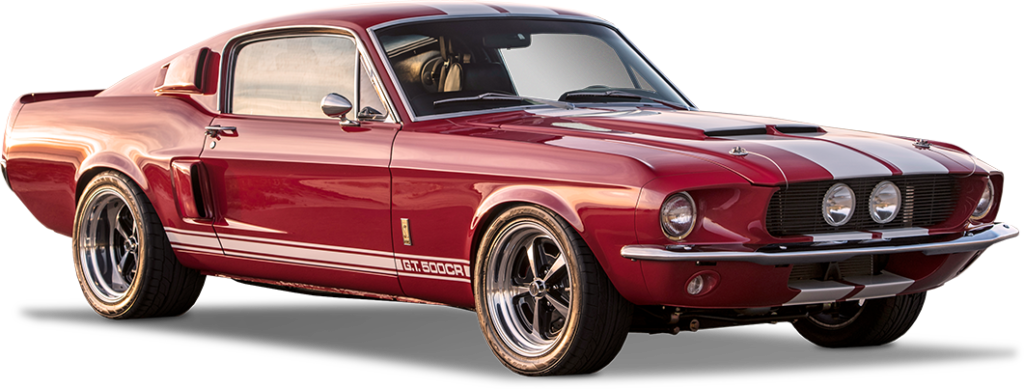
Introduction of the GT500 and its big-block engine
As the Mustang evolved, so did the Shelby variants. In 1967, Carroll Shelby introduced the legendary GT500, which took the performance of the Mustang to even greater heights. The most significant change came under the hood, where the GT500 boasted a big-block 428-cubic-inch Police Interceptor V8 engine. The engine produced 355 horsepower and an impressive 420 lb-ft of torque, making it one of the most powerful production cars of its time.
Iconic design elements and performance upgrades
The 1967-1968 GT500 shared many design elements with its GT350 sibling but added several unique features that set it apart. The GT500 had a more aggressive front-end design with a larger grille opening, a fiberglass hood with twin air scoops, and a set of driving lights. The car also featured distinctive side scoops on the rear quarter panels and the signature Shelby Le Mans racing stripes.
Performance upgrades included a larger Holley four-barrel carburetor, a high-performance exhaust system, and a heavy-duty suspension designed to handle the increased power of the big-block engine. The GT500 also offered several optional performance enhancements, such as a 427-cubic-inch engine and a Paxton supercharger, which pushed the horsepower even further.
Pop culture significance, including “Gone in 60 Seconds”
The Shelby GT500’s stunning performance and iconic design made it an instant hit among car enthusiasts and collectors. Its popularity extended beyond the automotive world, as the GT500 became a symbol of American muscle and a pop culture icon. The car appeared in various movies and television shows, but perhaps its most famous appearance was in the 2000 film “Gone in 60 Seconds,” where a 1967 GT500, nicknamed “Eleanor,” played a starring role.
This Hollywood exposure helped to cement the GT500’s status as a legendary American muscle car and contributed to its enduring appeal among enthusiasts and collectors. The 1967-1968 Shelby GT500 remains one of the most sought-after classic cars to this day, prized for its combination of performance, style, and cultural significance.
The Shelby GT350 and GT500: The Later Years (1969-1970)

Changes in design and performance for the GT350 and GT500
As the 1960s drew to a close, the Shelby GT350 and GT500 continued to evolve, featuring new design elements and performance upgrades. The 1969-1970 models showcased a more aggressive and aerodynamic design, with a longer, sleeker front end, a large hood scoop, and a unique horizontal headlight layout. The GT350 and GT500 also received new rear end treatment, including a spoiler and a center-mounted exhaust system.
Under the hood, the GT350 was equipped with a 351-cubic-inch Windsor V8 engine, which produced 290 horsepower and 385 lb-ft of torque. The GT500 retained its big-block 428-cubic-inch Cobra Jet V8 engine but saw a slight bump in horsepower to 335. Both models continued to offer a range of performance upgrades and options, including various suspension and braking improvements.
The rare and powerful GT500 Super Snake
One of the most famous and sought-after Shelby Mustangs from this era is the 1967 GT500 Super Snake. This ultra-rare, one-off prototype was built by Shelby American to showcase the performance potential of the GT500. The Super Snake was equipped with a 427-cubic-inch, race-inspired V8 engine, producing over 500 horsepower. The car also featured a heavy-duty suspension, upgraded brakes, and unique styling cues, such as Le Mans stripes that extended onto the front bumper.
The Super Snake was designed to be the ultimate Shelby Mustang, capable of reaching speeds in excess of 150 mph. However, due to the high production costs and limited market demand, the Super Snake never went into full-scale production, making it one of the rarest and most valuable Shelby Mustangs in existence.
The end of the Shelby-Ford partnership
Despite the continued success and popularity of the Shelby Mustangs, the partnership between Shelby American and Ford came to an end in 1970. The decision was primarily due to changing market conditions, as stricter emissions regulations and rising insurance costs led to a decline in demand for high-performance muscle cars. The Shelby nameplate would be absent from the Mustang lineup for several decades, until it was revived in the mid-2000s with the introduction of the Shelby GT500 and other Shelby-branded Mustangs.
The 1969-1970 Shelby GT350 and GT500 marked the end of an era for the original Shelby Mustangs, but their legacy would live on as a testament to the vision and engineering prowess of Carroll Shelby and his team.
The Shelby Mustang Legacy

The continuation of Shelby Mustangs in the 21st century
The legacy of the original Shelby Mustangs has continued into the 21st century, with the Shelby nameplate making a triumphant return to the Ford Mustang lineup. In 2005, Ford and Shelby American rekindled their partnership, resulting in the launch of the Shelby GT-H, a limited-edition rental car available exclusively through Hertz. This collaboration eventually led to the reintroduction of the high-performance Shelby GT500 in 2007, which featured a supercharged V8 engine and design cues reminiscent of the classic models.
Since then, the Shelby Mustang lineup has expanded to include various models, such as the GT350, GT350R, and the ultra-powerful GT500, with each new iteration pushing the boundaries of performance and design. These modern Shelby Mustangs continue to honor the legacy of Carroll Shelby, while also showcasing the latest advancements in automotive technology.
The influence of classic Shelby Mustangs on modern models
The classic Shelby Mustangs of the 1960s have had a lasting impact on modern performance cars, particularly in the design and engineering of the current Ford Mustang lineup. Many of the signature Shelby styling cues, such as the racing stripes, aggressive stance, and distinctive badging, can be seen in today’s GT350 and GT500 models.
The spirit of innovation and performance that defined the original Shelby Mustangs has also been carried forward, with modern models boasting advanced powertrains, suspensions, and braking systems that push the envelope of automotive capabilities. These contemporary Shelby Mustangs pay homage to their iconic predecessors while also representing the pinnacle of modern muscle car performance.
The thriving market for classic Shelby Mustangs: auctions and collector interest
The classic Shelby Mustangs of the 1960s remain highly sought after by collectors and enthusiasts alike, with their rarity and historical significance driving a robust market for these iconic vehicles. Auctions featuring pristine examples of GT350s, GT500s, and other rare Shelby Mustang variants regularly attract significant attention and high bids, with some models fetching well over a million dollars.
The enduring appeal of these classic muscle cars is a testament to their timeless design, thrilling performance, and the indelible mark they have left on American automotive history. As the years go by, the legacy of the Shelby Mustangs continues to grow, ensuring that these remarkable vehicles will remain a cherished part of car culture for generations to come.
Tips for Buying and Restoring Classic Shelby Mustangs
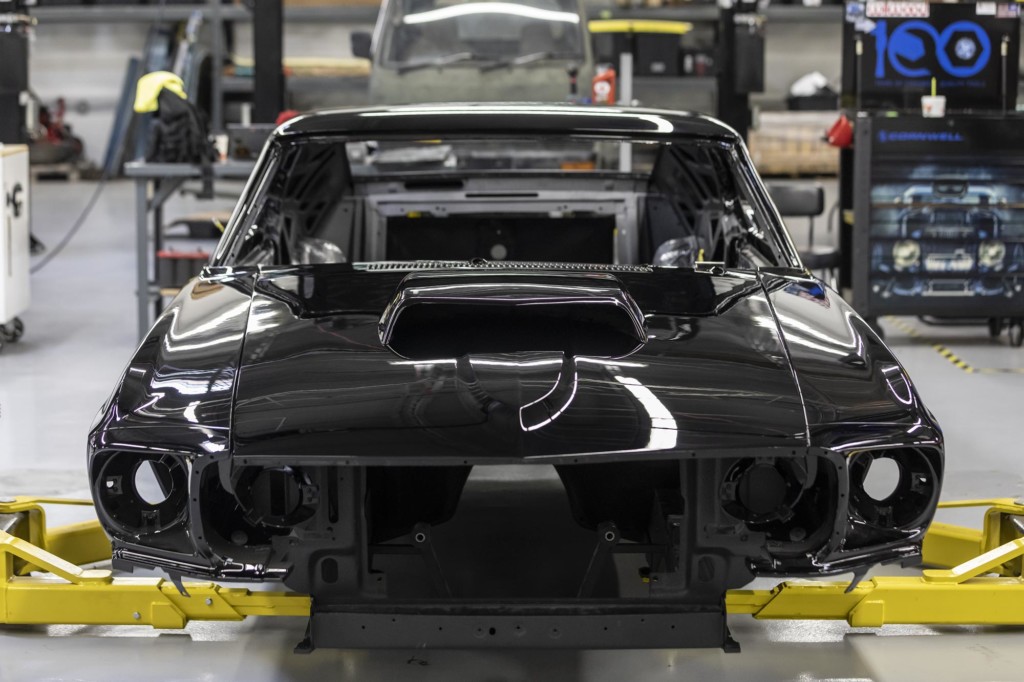
Key factors to consider when purchasing a classic Shelby Mustang
- Authenticity: Verify the car’s authenticity by checking the VIN (Vehicle Identification Number) and confirming that it matches the Shelby American Automobile Club (SAAC) registry. Look for original documentation, such as the build sheet and sales invoice, to ensure the car’s provenance.
- Condition: Assess the overall condition of the vehicle, including the bodywork, paint, interior, and mechanical components. Look for signs of rust, damage, or poor-quality repairs, which could indicate more extensive hidden issues.
- Rarity: Consider the rarity of the specific model and configuration you are interested in, as some Shelby Mustangs are more desirable and valuable than others due to limited production numbers or unique features.
- Budget: Establish a realistic budget for both the purchase and potential restoration costs. Classic Shelby Mustangs can be expensive to buy and restore, so it’s essential to have a clear understanding of your financial commitment.
Restoration challenges and finding authentic parts
- Finding parts: Sourcing authentic and high-quality parts for classic Shelby Mustangs can be challenging, as many components are no longer in production. Research reputable suppliers, join enthusiast forums, and network with other owners to help locate the necessary parts.
- Skilled labor: Restoring a classic Shelby Mustang requires specialized knowledge and expertise. Look for a reputable restoration shop or skilled mechanic with experience working on Shelby Mustangs to ensure the best possible outcome.
- Balancing originality and modernization: Decide whether you want to keep the car as close to original specifications as possible or make modern upgrades for improved performance, reliability, and safety. This decision will impact the restoration process and the car’s potential value.
- Patience: Restoring a classic Shelby Mustang can be a time-consuming and often challenging process. Be prepared to invest time, money, and patience in order to achieve the desired result.
Appreciating the value and joy of owning a classic Shelby Mustang
- Investment potential: Classic Shelby Mustangs have proven to be a solid investment over time, often appreciating in value as they become rarer and more sought-after. Properly maintaining and preserving your vehicle can help ensure its long-term value.
- Pride of ownership: Owning a classic Shelby Mustang is an opportunity to experience a piece of American automotive history firsthand. The pride of owning and driving such an iconic vehicle is often unmatched.
- Community and camaraderie: Becoming a classic Shelby Mustang owner allows you to join a passionate community of enthusiasts and collectors who share a common love for these exceptional vehicles. Participating in car shows, club events, and online forums can help you connect with fellow owners and expand your knowledge of these iconic cars.
- Driving experience: The thrill of driving a classic Shelby Mustang, with its raw power, unique character, and unmistakable presence, is an unparalleled experience that makes the investment of time and money truly worthwhile.
Conclusion
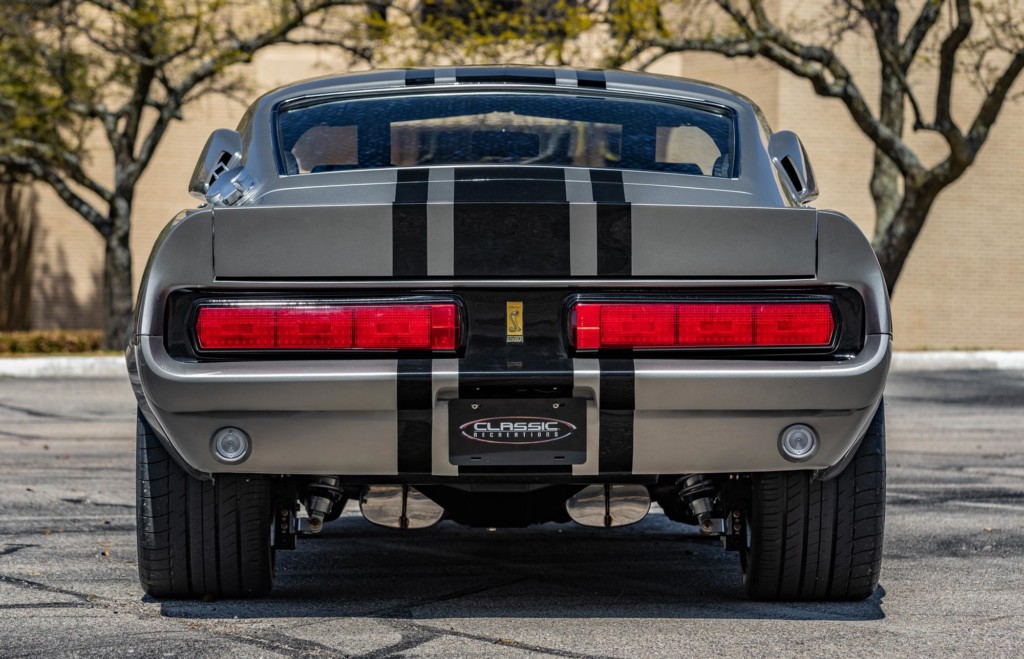
The enduring love for classic Shelby Mustangs
The classic Shelby Mustangs from the 1960s have captured the hearts and imaginations of car enthusiasts for generations. Their combination of striking design, exceptional performance, and historical significance has made them a beloved icon in the automotive world. As time goes on, the love for these vehicles continues to grow, with collectors and fans alike cherishing the opportunity to own, restore, and drive these remarkable machines.
The role of these vehicles in American automotive history
Classic Shelby Mustangs hold a unique place in American automotive history, representing a golden era of muscle cars and high-performance engineering. The collaboration between Ford and Carroll Shelby resulted in vehicles that pushed the boundaries of what was possible and challenged the competition, both on and off the racetrack. The impact of these cars can still be seen today, as they continue to influence the design and performance of modern Mustangs and other performance vehicles.
A tribute to the vision and legacy of Carroll Shelby
The story of the classic Shelby Mustangs is, in many ways, a tribute to the vision and legacy of Carroll Shelby. His relentless pursuit of performance and innovation resulted in some of the most iconic and revered vehicles in American automotive history. The Shelby Mustangs stand as a testament to his talent, determination, and unwavering commitment to creating cars that were more than just transportation—they were an experience.
As we look back on the history of the Shelby Mustangs and their impact on car culture, we are reminded of the indelible mark that Carroll Shelby left on the automotive world. His passion, ingenuity, and dedication to excellence continue to inspire and resonate with enthusiasts, ensuring that the spirit of the classic Shelby Mustangs will endure for generations to come.
